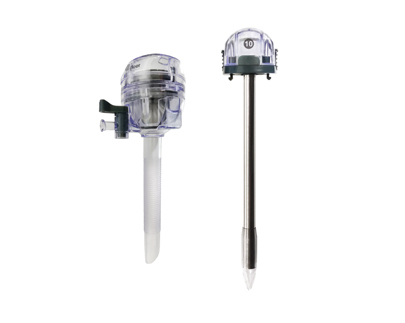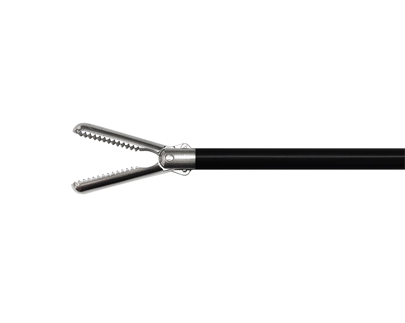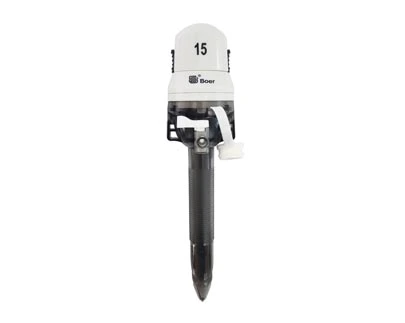Preserving Tissue Integrity: the Importance of Laparoscopic Specimen Bags in Surgical Specimen Handling
In the realm of surgery, preserving tissue integrity is of paramount importance to ensure accurate diagnoses and optimal patient outcomes. Laparoscopic procedures have revolutionized the field of medicine, offering minimally invasive alternatives to traditional open surgeries. Among the critical components that contribute to preserving tissue integrity is the laparoscopic specimen bag. In this blog, we will explore the significance of laparoscopic specimen bags in surgical specimen handling and how they play a vital role in maintaining tissue integrity during minimally invasive surgeries.
The Role of Laparoscopic Specimen Bags
The primary purpose of a laparoscopic specimen bag is to safely contain and isolate tissue specimens, gallstones, or foreign objects within the bag during extraction. This prevents direct contact between the specimen and the surrounding tissue, reducing the risk of contamination and preserving the integrity of both the specimen and the surgical site. The delicate nature of some tissues requires careful handling to avoid trauma or damage. Specimen bags allow for gentle and controlled retrieval of specimens, minimizing the risk of tissue injury or tearing during extraction. This is particularly crucial when dealing with tissues that require further analysis, such as biopsies or cancerous samples.
Addressing Challenges of Laparoscopic Specimen Retrieval
In laparoscopic procedures, specimens can sometimes become fragmented during retrieval, especially in cases of enlarged or fragile tissues. Specimen bags prevent fragmentation by securely enclosing the specimen, ensuring it remains intact during extraction. The use of laparoscopic specimen bags enables surgeons to maintain control over the retrieval process. The bag can be positioned and expanded within the abdominal cavity to accommodate various specimen sizes, ensuring a controlled and precise extraction.
Types of Laparoscopic Specimen Bags
These bags are designed for endoscopic procedures and have a narrow profile for easy insertion through trocars. They can expand inside the abdominal cavity to accommodate larger specimens. Some bags feature built-in grasping forceps, allowing surgeons to manipulate and secure the specimen before enclosing it in the bag. This feature adds an extra layer of control during specimen handling.
Ensuring Proper Disposal and Environmental Responsibility
Responsible handling and disposal of laparoscopic specimen bags are crucial to maintain environmental safety and protect public health. These bags typically fall under the category of biohazardous waste, and proper protocols must be followed for their safe disposal, adhering to medical waste management regulations.
Laparoscopic specimen bags play a pivotal role in maintaining tissue integrity during minimally invasive surgeries. By safeguarding tissues from contamination, minimizing trauma, and preventing fragmentation, these bags contribute significantly to optimal patient outcomes and accurate diagnoses. As surgical technology continues to evolve, so will the design and features of laparoscopic specimen bags, further enhancing their role in preserving tissue integrity during laparoscopic procedures. Medical professionals must prioritize proper handling and disposal of these bags to uphold environmental responsibility and ensure the utmost care in surgical specimen handling.



